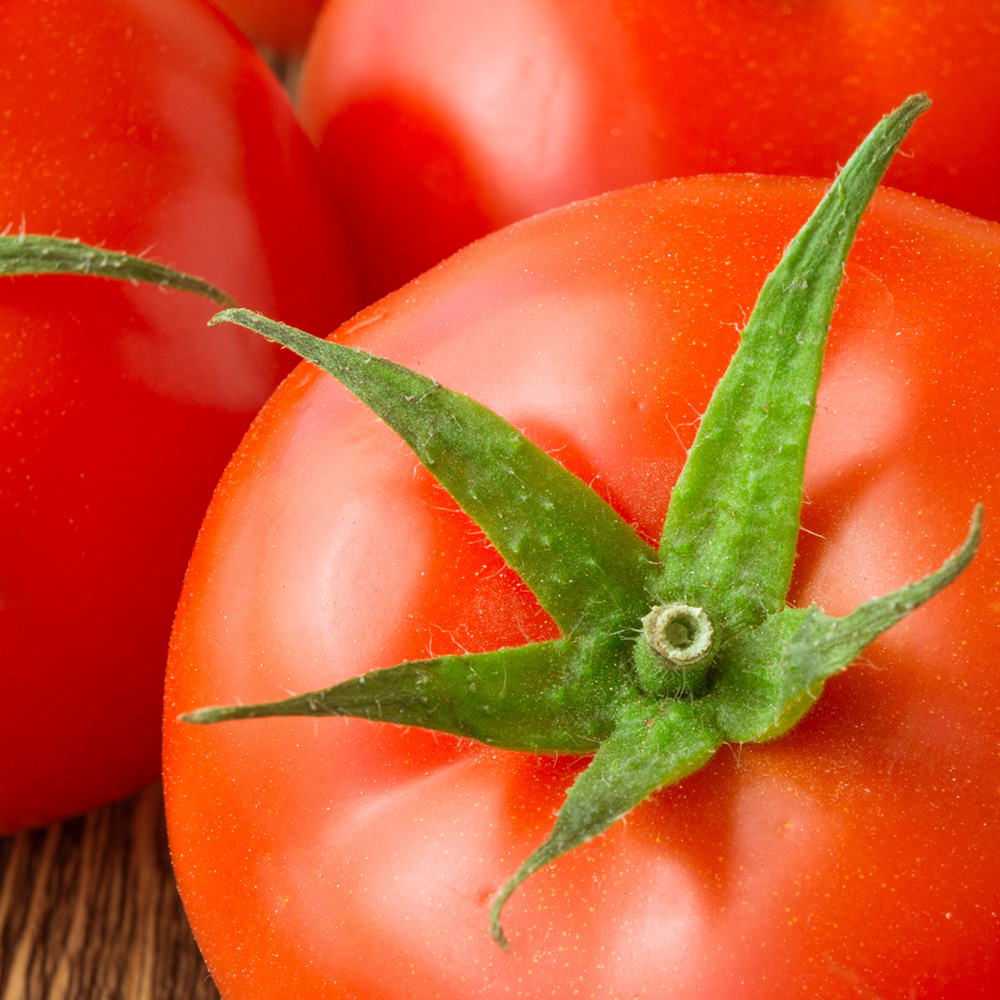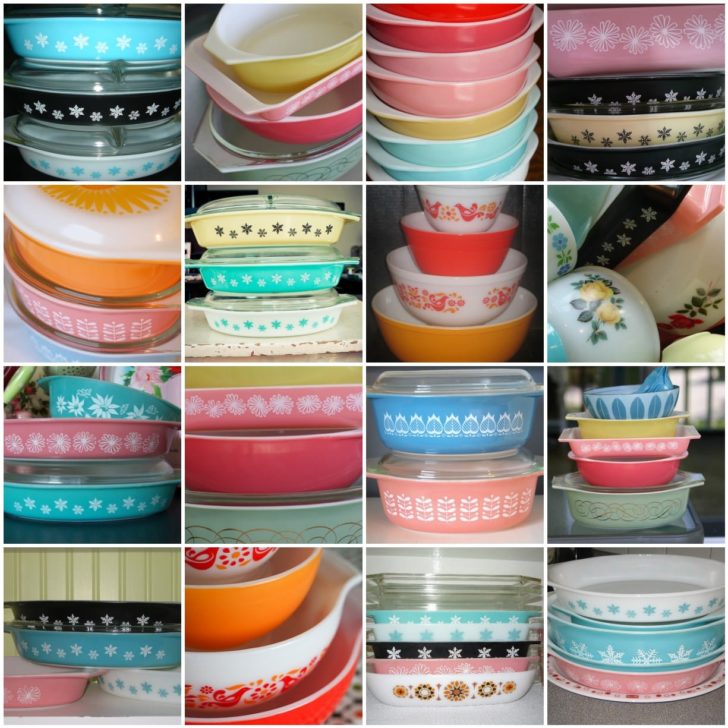
If you’re anything like us, you’ve got that special something that you keep an eye out for anytime you go shopping. Whether you’re thrifting, combing through estate sales and scrolling through online auctions, you know there are treasures out there and that you don’t want to miss them! Here, we’re taking a closer look at eight items you should always buy when you see them at a store. Whether it’s a famous brand that everyone’s clamoring for, or a unique piece that’s over 100 years old, here’s the breakdown on what to look for. Happy hunting!
1. Pyrex
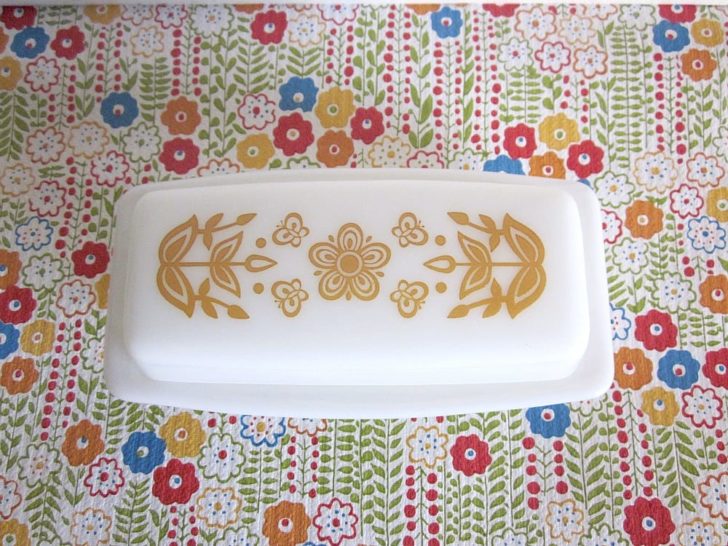
A huge collector’s item that’s been around since 1915, vintage Pyrex dishes used to be made out of borosilicate, making them super durable and super adorable to boot, with gorgeous colors and detailing on each new line. Be warned: once you start collecting them, it’s extremely hard to stop. Many people find these vintage versions to be better than modern day Pyrex (which is instead made out of thermal resistance tempered glass) and take to scouring thrift shops, estate sales and the world wide web to get their hands on “one more piece” to complete their set.
2. Jadeite

Similarly popular because of its durability and ability to withstand high temperatures – and its amazing color – Jadeite (a.k.a. Jade-ite) was produced during the 1930s, literally as a way to introduce more color and joy into people’s lives during the Great Depression. While many companies produced jadeite at one point, the top three companies were (and remain) McKee Glass Company, Jeannette Glass and Anchor Hocking Fire-King.
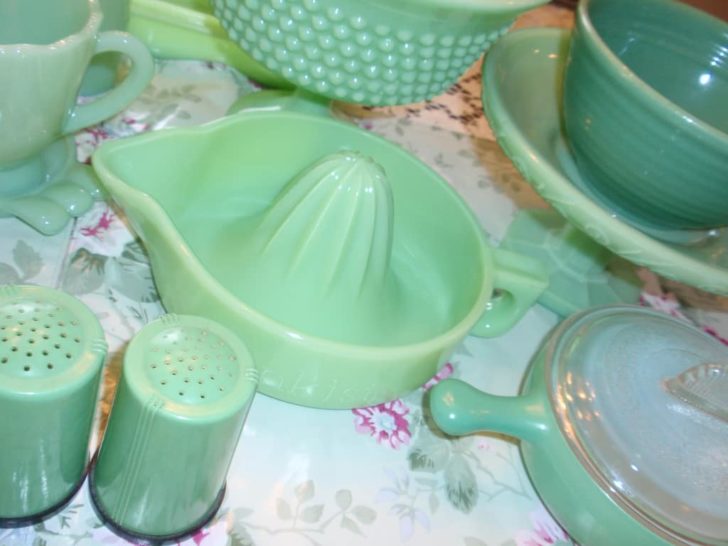
If you see any jadeite while you’re out shopping, look and see if there’s a manufacturer’s mark anywhere on the piece; McKee will have “McK” inside a circle, Jeannette will have a “J” inside a triangle, and Anchor Hocking pieces will have a “Fire-King” logo of some sort. Pro tip: if it’s truly vintage jadeite that was made before WWII when uranium was still used in manufacturing, it will glow under a black light!
3. Bakelite

What is Bakelite? Well, it’s a bunch of things, really. Named after Leo Baekeland in 1907, Bakelite product was made out of carbolic acid and formaldehyde, making it the first thermosetting plastic – a material that won’t bend, warp or melt once formed. Since it is such a versatile material, it was used to create tons of different products, ranging from electrical insulators (the original purpose of the company) to kitchen tools to jewelry.

If you’re ever planning on going on a Bakelite hunt, make sure to come prepared; if possible, the swab test is one of the most accurate ways to test true Bakelite. Bring along a bottle of 409 and some cotton swabs with you, as rubbing a small area of potential Bakelite with a swab dipped in 409 will result in a yellow smear leftover on the swab or Q-tip. If you’ve already got items at home that you think might be Bakelite, another option is to run a small part of the plastic under hot water for 30 seconds. It it’s real Bakelite, there will be a distinct smell, similar to paint remover, indicating its authenticity.

Considering that there are pieces of Bakelite originally sold for $250 that now retail for over $3000, this is definitely a vintage find that you don’t want to pass up. Now that you know what to look for, you can keep your eyes peeled and add to your kitchenware or jewelry collection.
4. McCoy Stoneware
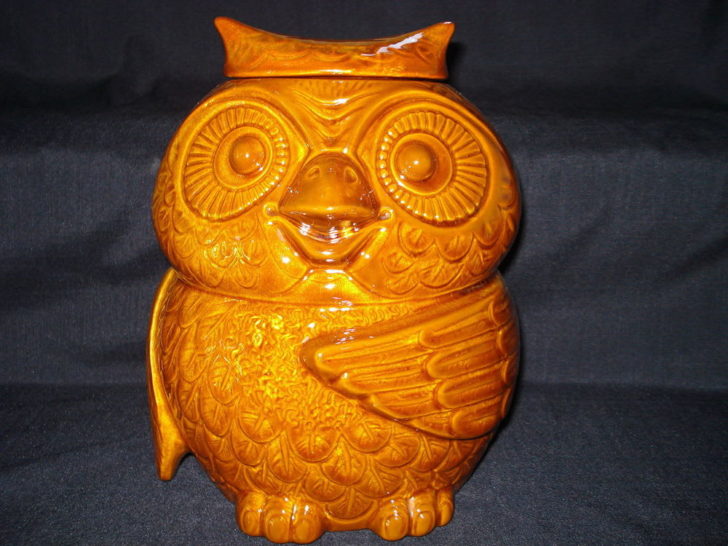
McCoy stoneware, of the Nelson McCoy Sanitary Stoneware Company (est. 1910) is probably most famous for its cookie jars. Even though the company closed in 1990, their decorative cookie jars are still some of the most sought-after items when it comes to vintage kitchenware, retailing for thousands of dollars at auction. They started producing said cookie jars in the 1930s, and it was the fun designs that caught people’s eyes and made them a staple in people’s homes; whimsical figurines (e.g. carousels, penguins, bears, McCoy Mammy, etc.) representing joy and prosperity were what made these classics that are still treasured today.
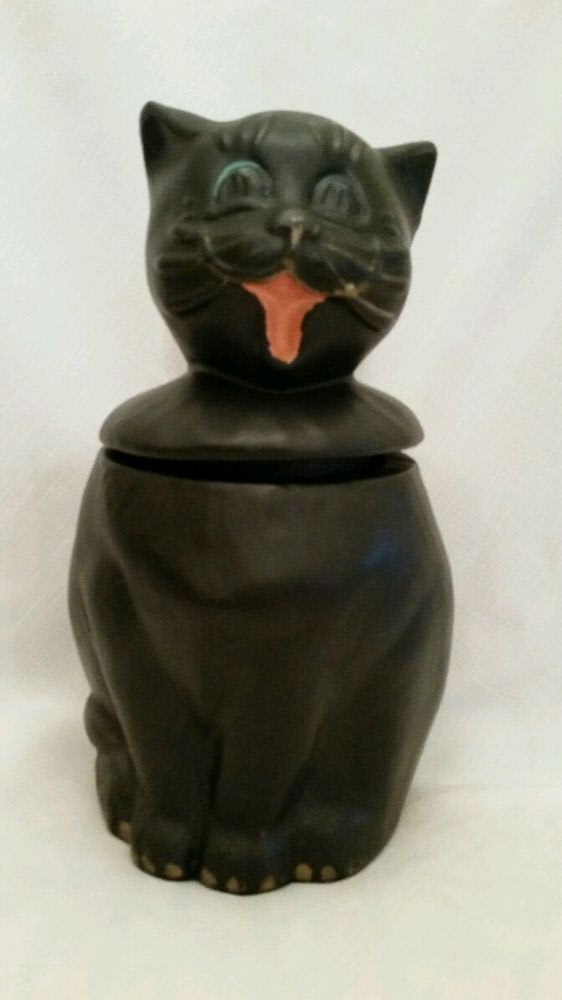
If you’re looking for McCoy pottery while you’re out thrifting, here are some things to keep in mind: have a list of the measurements of authentic products with you for comparison. Reproductions of famous styles will always be smaller than the originals, since the originals are used as the molds and then the clay for the reproduction shrinks when it’s fired. Also, take a look at known McCoy products before shopping. If what you’ve found at the thrift shop or estate sale doesn’t match any known products, it’s probably not authentic.
5. Milk Glass
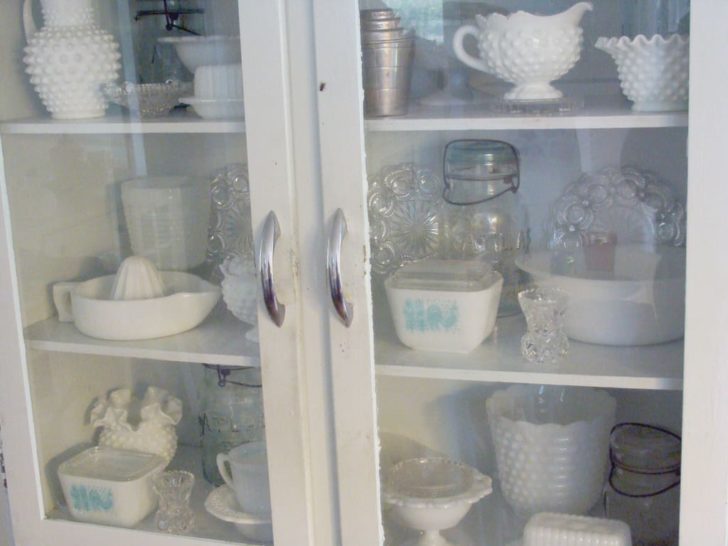
Milk glass was actually produced around 300 years before it reached the height of its popularity, which began around 1870 and lasted through the early 20th century. When it came to milk glass, the French were the trendsetters, ushering it into its golden era and inspiring American glassmakers to follow suit. Today French milk glass is particularly valuable. Emulating the French, well-to-do American families stocked up on milk glass dinnerware, serving dishes, and pitchers. The pieces, some bedecked with diamond-cut patterns, molded with latticework, or artfully painted, made a splash in turn-of-the-century America and remained popular until the days of the Great Depression. They came back into vogue during the 1960s thanks to the production of Hobnail milk glass, but fell out of the spotlight shortly thereafter. Some of the more American popular milk glass manufacturers include: Gillinder & Sons, Indiana, Westmoreland, New England Glass Company, Atterbury & Company, Bryce Brothers, and Fenton.
Milk glass is (quite literally) a centerpiece of American history, and today collectors gush over rare and one-of-a-kind pieces that highlight the nation’s past. Prominent figures often had milk glass produced in their honor, whether it was the bust on a casserole dish or a relief on a serving platter. If you’re a history buff, keep your eye out for plates featuring a border of 13 stars and George Washington’s likeness. Also of great fascination are the milk glass plates that launched the 1908 presidential campaigns of William Howard Taft and William Jennings Bryan. There’s even a rare platter featuring a Lincoln relief so ornate it’s speculated that the piece was part of dinner service at a commemorative event.
While there are plenty of vintage gems out there waiting to be found, it helps to have a more condensed round-up of brands or items to look for before you start your search. Hopefully you find this helpful and you’ll be one step closer to completing the vintage kitchen collection of your dreams!
Tap NEXT PAGE for 5 more interesting things!













